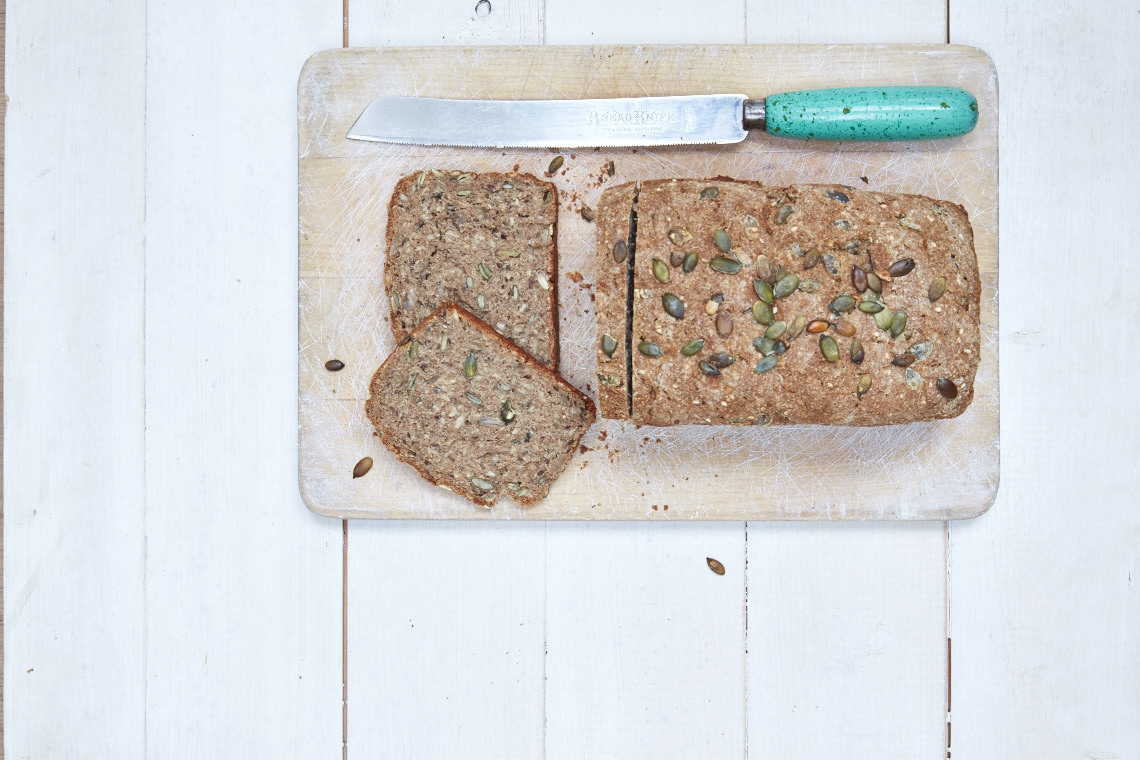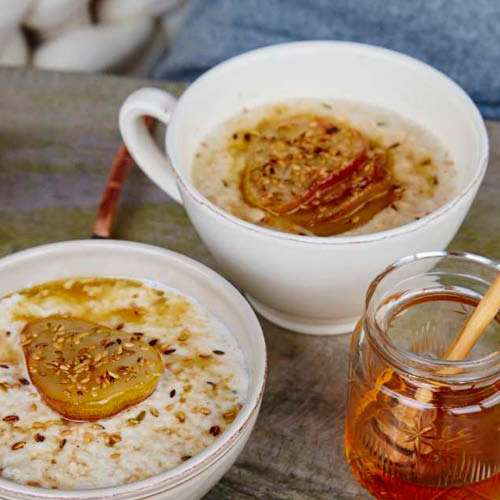Gut Health
Why we all need more dietary fibre
 You may have seen research commissioned by the World Health Organisation that found at least 90% of us don’t get enough fibre in our diet. The results of the study, which focused on foods that were naturally high in fibre rather than supplement powders, suggested that 25-29g of fibre is an ‘adequate’ amount, but that we can reap huge benefits from consuming at least 30g per day. Despite the major health benefits that can be reaped from consuming more fibre, it was found that only 9% of adults in the UK reach this target.
You may have seen research commissioned by the World Health Organisation that found at least 90% of us don’t get enough fibre in our diet. The results of the study, which focused on foods that were naturally high in fibre rather than supplement powders, suggested that 25-29g of fibre is an ‘adequate’ amount, but that we can reap huge benefits from consuming at least 30g per day. Despite the major health benefits that can be reaped from consuming more fibre, it was found that only 9% of adults in the UK reach this target.
What are the benefits of eating fibre?
For those with IBS, a sudden increase in dietary fibre intake may worsen symptoms such as diarrhoea. If you already have issues with your gut health, it may be worth sticking to soluble fibre, found in foods such as apples, carrots and oatmeal.
For most, the long-term benefits of eating more fibre are definitely worth it: The results of the study showed those eating most fibre had a 15-30% decrease in cardiovascular related death compared with those who eat the least amount of fibre. Other benefits included reducing incidences of coronary heart disease, colorectal cancer, type 2 diabetes and stroke by 16-24%. The study also found that moving to a high fibre diet is linked to lower cholesterol and bodyweight.
Can you have too much fibre?
Aside from the potential digestive issues of a sudden increase of our fibre levels, no risks were associated with dietary fibre, although if you suffer from low iron or mineral levels, consuming large amounts of whole grains may further lower these (fibre can bind with minerals and leach them out of our system).
High-fibre foods
 The increasing popularity of low-carb diets may be one reason that we have a poor fibre intake. But there’s no need to rush out and stock up on extra bread and pasta: we can eat plenty of dietary fibre from natural, un-processed sources. Be sure to eat potatoes with the skin on and try not to peel fruit either. Apples, for example, which are high in the prebiotic pectin, are a much better source of fibre with the skin on (just be sure to give them a quick wash first). Another option is to bulk out curries, broths and stews with pulses such as lentils, chickpeas and beans, which are all excellent sources of gut-friendly soluble fibre.
The increasing popularity of low-carb diets may be one reason that we have a poor fibre intake. But there’s no need to rush out and stock up on extra bread and pasta: we can eat plenty of dietary fibre from natural, un-processed sources. Be sure to eat potatoes with the skin on and try not to peel fruit either. Apples, for example, which are high in the prebiotic pectin, are a much better source of fibre with the skin on (just be sure to give them a quick wash first). Another option is to bulk out curries, broths and stews with pulses such as lentils, chickpeas and beans, which are all excellent sources of gut-friendly soluble fibre.
While certain breakfast cereals can be high in dietary fibre, they tend to be highly processed and contain large amounts of added sugar. Switch from buying pricey breakfast cereals and instead opt for homemade porridge with fibre-rich oats (perfect for winter weather). You can find some of our favourite, fibre-packed breakfast options below.
The findings, based on an analysis of 185 studies and 58 clinical trials, suggest overwhelming benefits for eating a fibre-rich diet, from a longer, healthier life span, to lower cholesterol, weight loss and reduced risk of colorectal cancer. To get started, why not start the day with a good kick of fibre from our porridge with caramelised pears, or swap out the processed white-sliced for Liz’s homemade seeded rye bread?




